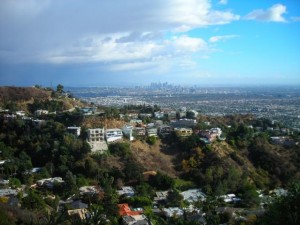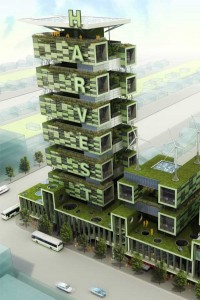 As more and more attention is being paid to the slow food movement, home food gardens, urban farming and yes vertical farms; here comes: Why is LA a Hungry City? The meeting is sponsored by the Los Angeles chapter of the American Institute of Architects. The interest in urban agriculture in a city such as Los Angeles is interesting particularly given its unique assets with respect to sunshine and it’s transportation problems. In part the meeting will deal with what laws and policies interface with the possibility for growing food in Los Angeles and what are the constraints of moving food, distributing food, and accessing food?
As more and more attention is being paid to the slow food movement, home food gardens, urban farming and yes vertical farms; here comes: Why is LA a Hungry City? The meeting is sponsored by the Los Angeles chapter of the American Institute of Architects. The interest in urban agriculture in a city such as Los Angeles is interesting particularly given its unique assets with respect to sunshine and it’s transportation problems. In part the meeting will deal with what laws and policies interface with the possibility for growing food in Los Angeles and what are the constraints of moving food, distributing food, and accessing food?
Like other major metropolitan areas Los Angeles is already stressing from population, water, transportation and energy issues: So an increased awareness of the relationship between food and health issues along with the proliferation of fast food venues have added to the urgency for solutions.
On hand for the Thursday, October 28 7pm meeting are Micheal Pinto, Shelley Marks, and Nicola Twilley; each discussing various perspectives on food production in the city of Angels. For example, Shelley Marks who has been a life-long community activist and volunteer, working on local and global issues pulled together a small group of like-minded friends and neighbors and formed Urban Farming Advocates (UFA) in 2009. The purpose of the group is to change laws in Los Angeles that restricted urban farming in residential zones. UFA created the Food & Flowers Freedom Act and worked with Los Angeles City Council President Eric Garcetti to get these zoning changes adopted. The meeting will be held at AIA Los Angeles 3780 Wilshire Blvd., Suite 800 Los Angeles. For more information co RSVP to WILL WRIGHT at will@aialosangeles.org.




 Despommier
Despommier